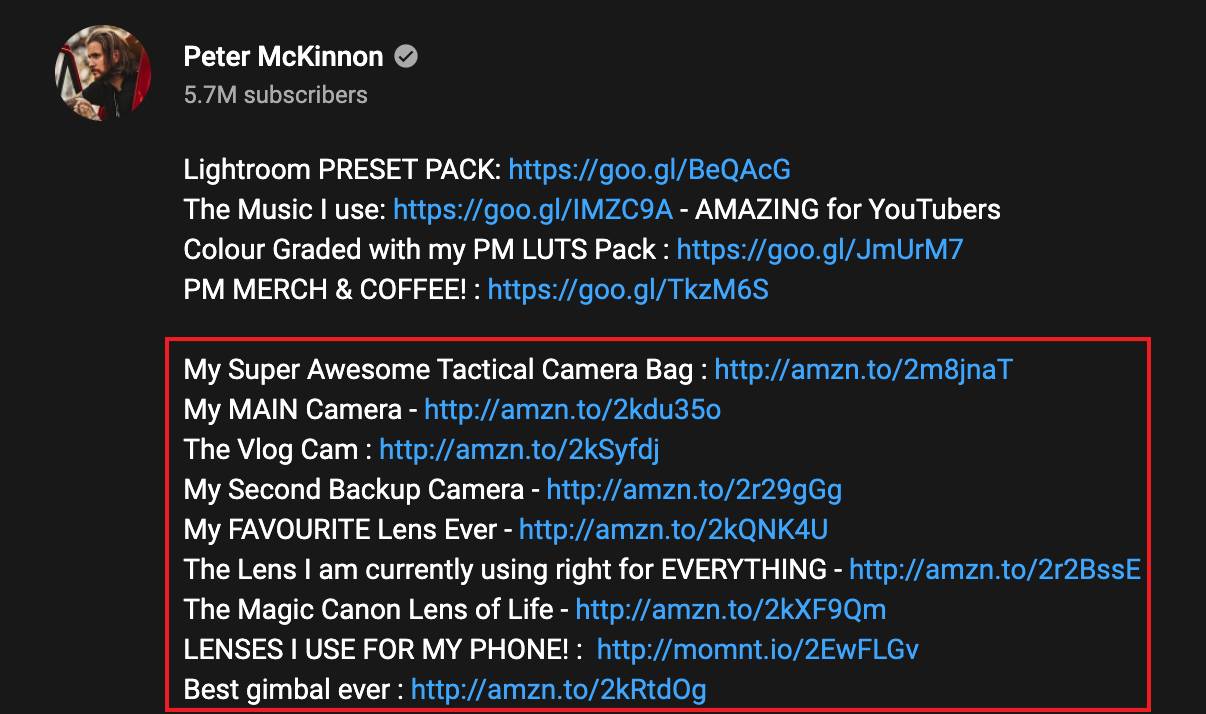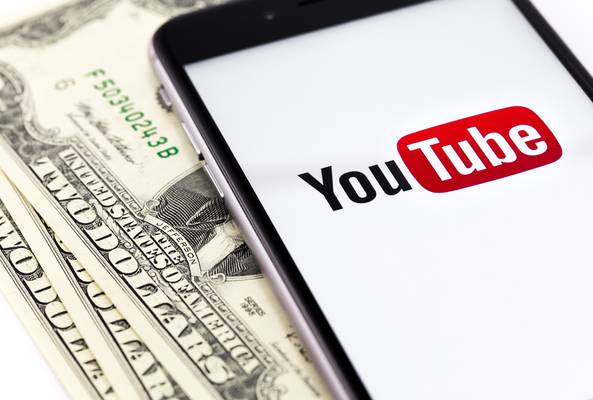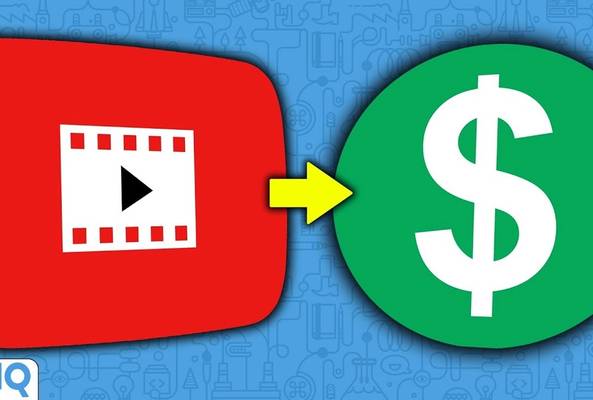Lydia Sweatt is a writer who loves balancing her article/blog time indoors with a healthy dose of nature. She bikes, hikes, and identifies edible plants along the way.
How to Monetize on YouTube Without the Partner Program
Getting monetized on YouTube is a joyous occasion — truly. You get to upload videos and monetize them in the YouTube Studio, making as much money as possible with video ads. What could be better than that?
As wonderful as it sounds, you might be thinking of how long it takes to reach that goal. After all, you have to join the YouTube Partner Program to collect advertising revenue, and that requires 1,000 subscribers and 4,000 watch hours.
Technically, you can make money a bit earlier using fan-funding tools like Super Chats, Super Thanks, and channel memberships. In that case, you'd need 500 subscribers, three public videos, and 3,000 public watch hours. But you can't have it all — fan funding plus advertising revenue — without achieving every YPP milestone.
In 2023, there’s more than one way to fund your YouTube channel. Keep reading to learn the best tips and strategies!
1. Affiliate Revenue
An affiliate marketer makes money by persuading others to buy products online. That includes physical items like furniture, clothing, books, video games, or even gardening tools. It could also be something digital, like a web browser extension or an online course.
The custom URLs where these products can be found are called affiliate links. On YouTube, creators paste these links into the description of relevant videos.

When someone makes a purchase using those links, the creator earns a commission.
The commission on an affiliate sale could be 1%, 5%, or even 50% of the original purchase. It all depends on type of program you decide to join.
The U.S. has more than 11,000 affiliate programs, but here are some of the best worldwide:
- Rakuten (various goods)
- BHCosmetics (makeup and beauty)
- Trip Advisor (travel)
- CJ Affiliate (various goods)
- Shopstyle (fashion)
- LTK (various goods)
- Shopify (e-commerce)
- Amazon Associates (various goods)
- ShareaSale (various goods)
When you find the right program for you, start adding affiliate links to your YouTube videos. Remind viewers that they can scroll to the description and purchase any featured or discussed products in the video.
2. Paid YouTube Sponsorships
Getting sponsored on YouTube means a brand or company pays you to advertise products within your videos.
So what does that look like, exactly?
Maybe it’s an in-video advertisement, where you spend a minute or two “selling” a product to viewers before returning to the video’s main topic. Or perhaps the entire video is an “ad,” but it’s creative and entertaining to watch.
Here’s an example of a sponsored video. In it, lifestyle creator NicoleAmberrr prepares a dish from HelloFresh, the delivery meal-kit service.
As you can see, a sponsored video introduces a product, explains its benefits, and offers an incentive for viewers to buy it.

Depending on your channel's size and engagement, you could earn hundreds or even thousands of dollars from one sponsorship.
But how do you get sponsors for YouTube in the first place? Here are a few ideas:
- Pitch brands via email. Explain what you do on YouTube, share your channel stats, and pitch valuable ideas for the brand and your audience.
- Network on social media. You never know when you’ll bump into a public relations manager who oversees brand campaigns.
- Highlight your YouTube resume. Do you have an unpaid product review that performed well on YouTube? Let brands know you’ve already done the hard part.
- Use technology. Many websites will match creators to brand campaigns.
3. Video Memberships
YouTube has a channel Memberships feature, but only creators in the YouTube Partner Program can access it. That means you’d need at least 500 subscribers to make money with exclusive video content.
Can’t wait that long? Try your hand at launching a membership site instead.
Patreon is a popular membership site that summarizes the benefits pretty well:
- Freedom from algorithms
- Predictable income
- Connecting with fans
Some services, such as Uscreen, have everything you need to get started, from video hosting to monetization tools to the very website viewers will visit. So luckily, you don’t have to start from scratch.
Here are more websites that are great for building online memberships:
4. Online Courses
Do you post tutorials and how-to videos on YouTube? If your audience loves them, why not build a video course around your channel’s niche? Walk your viewers through the finer points of starting an online business, investing in stocks, fixing cars – anything at all.
But before you start building a course, make sure your audience wants one. They should care about the topic while also believing your lessons will solve a problem in their lives.
You can gauge viewers’ interest in two ways:
- Creating a poll on the YouTube Community tab
- Reading YouTube comments
Start building your course by writing down the questions people always ask you, plus the answers. That will give you a rough content outline that you can turn into chapters, lessons, and quizzes.
By the way, you can host video courses on a membership site, too. But sometimes it's better to use a service built for education, like Udemy, Skillshare, Kajabi, or Thinkific.
5. Digital Products
In 2022, there are many benefits to selling digital products.
Digital products are:
- Easier to create than physical products
- Don’t go out of stock
- Easily distributed
And guess what? Even with a small YouTube audience, you can sell assets that generate passive income. It only takes 10 subscribers-turned-customers to get the ball rolling. Then you can slowly increase that number to 20, 30, or 40 customers as you grow on YouTube.

It doesn’t cost much to make a digital asset, either.
Here's an example: If you want to sell an ebook, you have to come up with an idea, create chapters, write the words, and edit your work. Then you might design the book’s cover for free using Canva. At that point, you've spent more time than financial resources.
Some other popular assets include:
- Photography
- Fonts
- Sound effects
- Songs
- Software
- Graphics
- Templates
As always, make products that solve a real problem for viewers. Imagine what their needs might be, then double-check your ideas by asking viewers directly.
When you’re ready to launch, sell your product on one of the best marketplaces on the internet: Shopify, Amazon, Etsy, etc.
So, now you know: There are many ways to monetize YouTube videos without becoming a partner. You don't always need the almighty YouTube ad, and that's a good thing!



